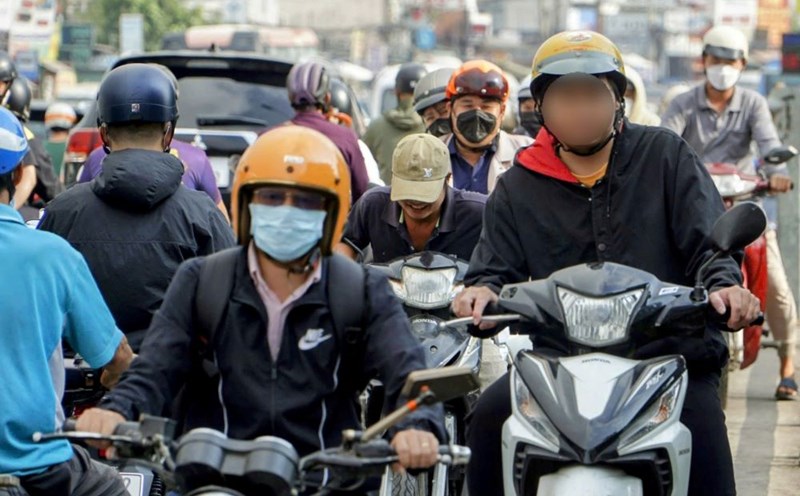On December 10, Tesla posted a video on social network X, showing off the human-shaped robot Optimus' ability to maintain balance and move on crushed terrain. In the video, the Optimus robot climbs up and down steadily without falling, even when faced with slippery surfaces. Although his gait is not really natural, the robot has impressed with its outstanding balance adjustment ability.
Milan Kovac, VP of Optimus project engineering, said the robot does not need to "see" to move. This means that Optimus does not use image data to analyze terrain but relies entirely on internal balance. More interestingly, Milan Kovac revealed that he slipped on the very slope that the robot could easily climb.
Elon Musk, CEO of Tesla, shared a video with the message that Optimus uses neural networks to control its limbs, helping it move flexibly on highly volatile terrain. The clip quickly attracted more than 46 million views in just one day, with many positive comments. Many people compared Optimus to Atlas, a famous Boston Dynamics rover, and expected Tesla to commercialize the product sooner than expected.
Tesla is planning to upgrade Optimus with many new AI features. One of them is integrating Tesla Vision, the semi- autonomous driving system currently used on the company's vehicles. Other improvements are also being developed, including making the robot's gait more natural and human-like, improving its ability to respond to control commands such as speed and direction, and learning to reduce damage when falling and getting up on its own.
Optimus was first introduced by Tesla in 2021 and the first prototype was released in 2022. With a height of 173 cm, a weight of 57 kg, and a face-on display, the robot has made a lot of progress in the past two years. In addition to the ability to climb hills, Optimus can also perform many tasks such as folding clothes, doing yoga, and moving around Tesla's factory on its own. In October, the robot performed in public for the first time, although it was reported that the performance was remotely controlled.
Tesla aims to mass-produced Optimus by 2026 and deliver the first products before 2027. Currently, the company has used the robot for some basic tasks at the factory, such as sorting battery cells on the production line. With steady progress, Optimus is expected to be a new breakthrough in the field of robotics technology.











